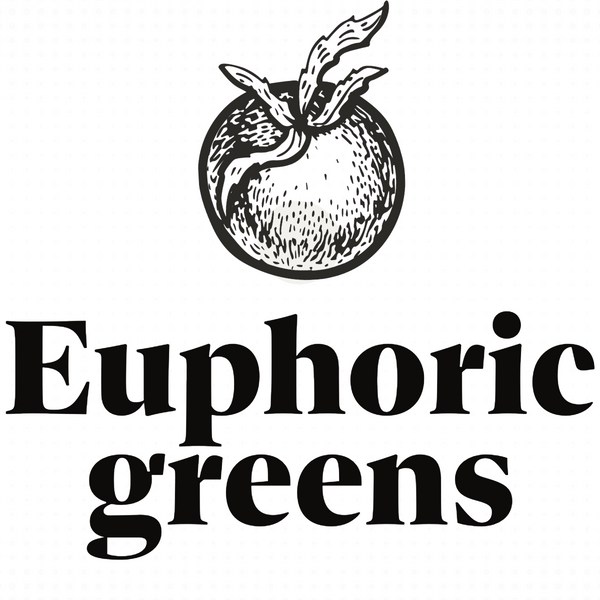From Tiny Seeds to Delicious Eats: A Guide to Vegetable Seeds
There's something undeniably magical about watching a tiny seed transform into a thriving vegetable plant. For those considering venturing into the wonderful world of vegetable gardening, seeds are the key to unlocking a harvest of fresh, delicious, and often more nutritious, homegrown produce.
This blog is your one-stop guide to vegetable seeds, from choosing the right varieties to sowing them successfully.
Choosing Your Seeds
The first step is selecting the perfect seeds for your garden. Here are some things to consider:
- Climate: Different vegetables have varying temperature requirements. Ensure you choose seeds suited to your climate zone for optimal growth.
- Space: Consider the mature size of your chosen vegetables. Will you be planting in containers or a sprawling veggie patch?
- Sun Exposure: Some vegetables require full sun, while others can tolerate partial shade. Plan your garden layout accordingly.
- Maturity Time: Think about when you'd like to be harvesting your vegetables. Quick-growing options like lettuce are ideal for early summer salads, while tomatoes or peppers take longer.
- Heirloom vs. Hybrid: Heirloom seeds produce plants that retain their characteristics, allowing you to save seeds for future plantings. Hybrid seeds often boast superior yields and disease resistance, but their seeds won't produce the same plant the following year.
Seed Starting Tips
Once you've chosen your seeds, it's time to get planting! Here are some essential tips for successful seed starting:
- Timing: Many seeds benefit from being started indoors before the last frost. Check seed packet instructions for specific sowing times.
- Soil: Use a well-draining, sterile seed starting mix for optimal germination.
- Planting Depth: A general rule is to plant seeds at a depth two to three times their own width.
- Watering: Keep the soil consistently moist, but not soggy. A mister is a handy tool for watering delicate seedlings.
- Light: Most seeds require light for germination. Place seed trays in a sunny location or use grow lights.
Beyond the Basics
This blog is just a starting point! As you delve deeper into the world of vegetable seeds, you'll discover a vast array of resources available online and in local garden centers.
Here are some additional ideas to explore:
- Seed Saving: If you choose open-pollinated seeds, you can save seeds from your harvest to plant the following season.
- Seed Libraries: Seed libraries allow you to borrow and share seeds, promoting biodiversity and fostering a sense of community.
- Unusual Vegetables: Feeling adventurous? Why not try growing something new and exciting, like kohlrabi or edamame?
So why not grab a packet of seeds and get started on your own vegetable gardening adventure? With a little planning and these handy tips, you'll be well on your way to cultivating a bountiful harvest of homegrown goodness.
